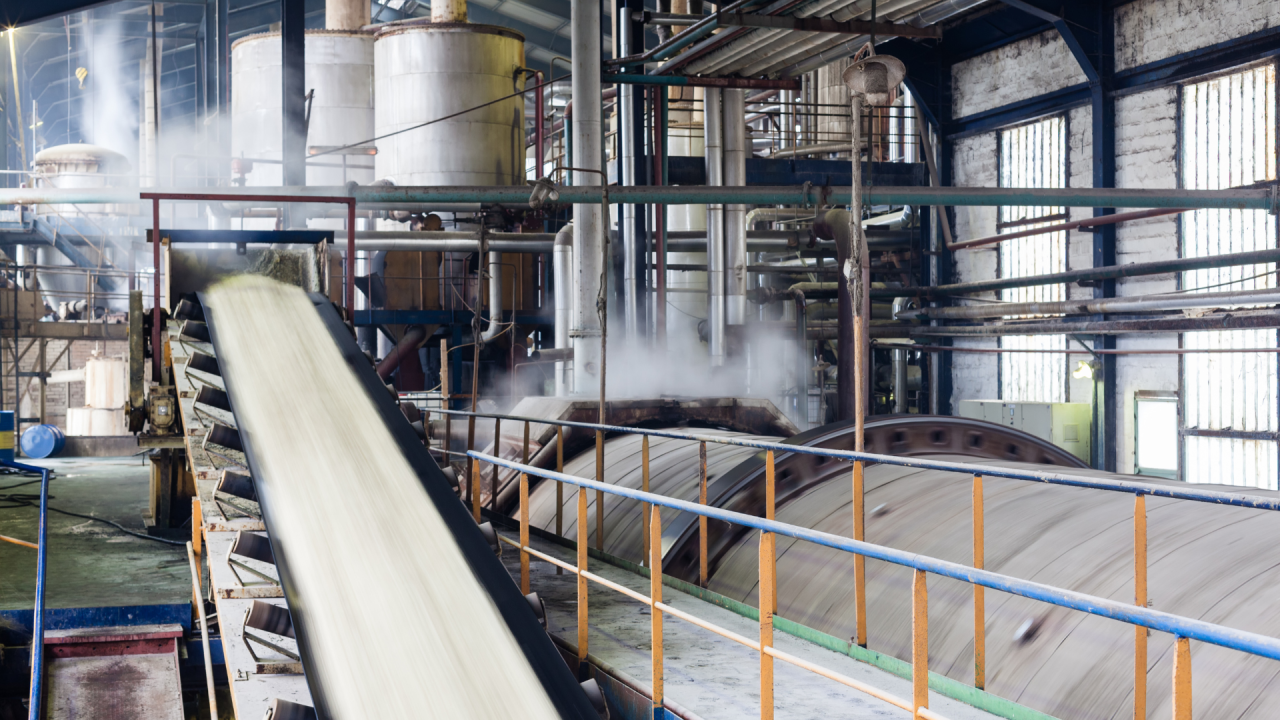Conveyor roller systems play a vital role in various industries, facilitating the smooth movement of materials within a facility. While they enhance productivity and efficiency, it's crucial to prioritize safety when operating these systems. In this comprehensive guide, we'll explore essential safety measures to ensure the well-being of workers and the optimal functioning of conveyor roller systems.
Understanding Conveyor Roller Systems:
Before delving into safety measures, let's briefly understand conveyor roller systems. These systems consist of rollers mounted on frames, facilitating the movement of goods or materials along a predetermined path. They are commonly used in warehouses, manufacturing plants, distribution centers, and airports for transporting items such as packages, boxes, and pallets.
Importance of Safety Measures:
Operating conveyor roller systems involves inherent risks, including pinch points, entanglement hazards, and potential for material handling injuries. Implementing proper safety measures is essential to mitigate these risks and create a secure working environment. By prioritizing safety, companies can prevent accidents, reduce downtime, and safeguard the well-being of their employees.
Essential Safety Measures:
1. Employee Training:
Provide comprehensive training to all personnel involved in operating and maintaining conveyor roller systems. Training should cover equipment operation, emergency procedures, hazard recognition, and proper use of personal protective equipment (PPE).
2. Routine Inspections:
Conduct regular inspections of conveyor roller systems to identify potential hazards, such as damaged rollers, misaligned belts, or loose components. Promptly address any issues to prevent accidents and equipment malfunction.
3. Clear Communication:
Implement clear signage and labels to indicate conveyor operating zones, emergency stop buttons, and safety guidelines. Ensure that all workers are familiar with these instructions and understand the importance of adhering to safety protocols.
4. Guarding and Enclosures
Install guards and enclosures around conveyor roller systems to prevent access to moving parts and minimize the risk of entanglement or contact with machinery. Ensure that guards are securely in place and regularly inspected for effectiveness.
5. Emergency Stop Devices
Equip conveyor roller systems with easily accessible emergency stop devices, such as pull cords or stop buttons, to quickly halt operation in case of emergencies or safety hazards. Conduct regular tests to ensure the functionality of these devices.
6. Proper Lifting Techniques
Train employees on proper lifting techniques to reduce the risk of musculoskeletal injuries when loading or unloading materials onto conveyor systems. Encourage the use of mechanical aids, such as forklifts or pallet jacks, for heavy or bulky items.
7. Maintenance Protocols:
Establish maintenance protocols to keep conveyor roller systems in optimal condition. This includes regular lubrication, belt tension adjustments, and replacement of worn components. Schedule preventive maintenance tasks to minimize downtime and extend equipment lifespan.
8. Emergency Response Plan
Develop a comprehensive emergency response plan that outlines procedures for addressing accidents, injuries, or equipment malfunctions. Ensure that all employees are aware of their roles and responsibilities during emergencies and conduct regular drills to test the effectiveness of the plan.
Conclusion
Safety should always be a top priority when operating conveyor roller systems. By implementing these essential safety measures, businesses can create a secure work environment, prevent accidents, and promote employee well-being. Remember, a proactive approach to safety not only protects workers but also contributes to the overall efficiency and success of the organization.
By adhering to these guidelines and fostering a culture of safety awareness, companies can ensure the smooth operation of conveyor roller systems while minimizing risks and maximizing productivity.


